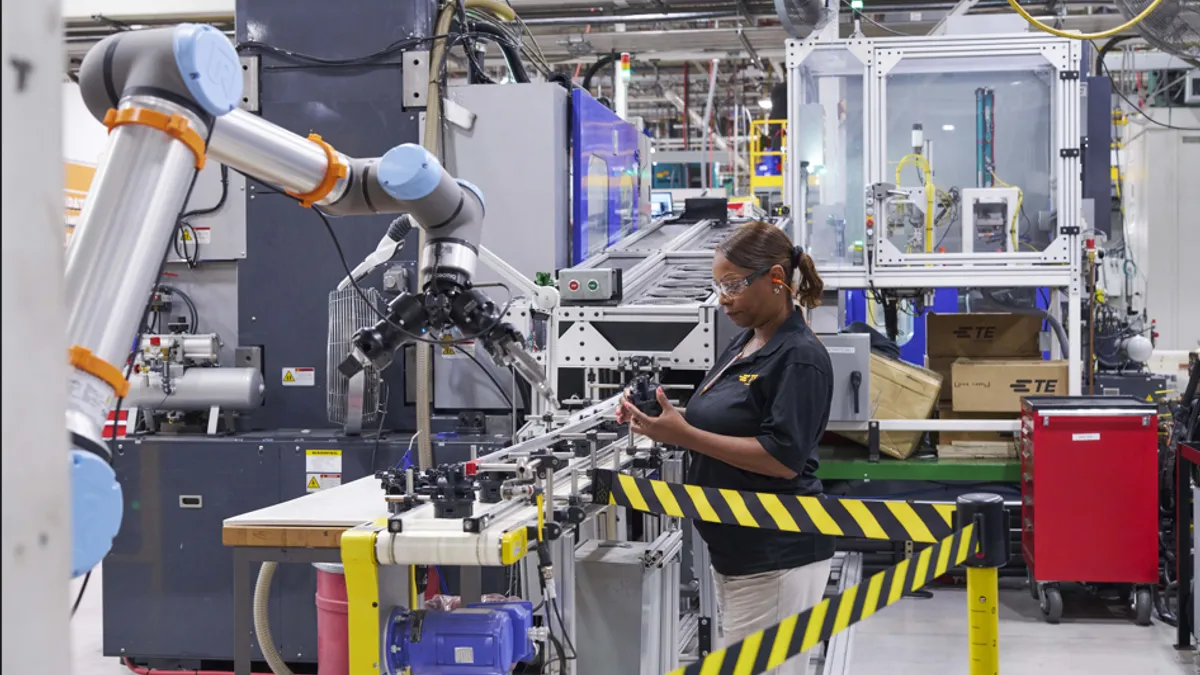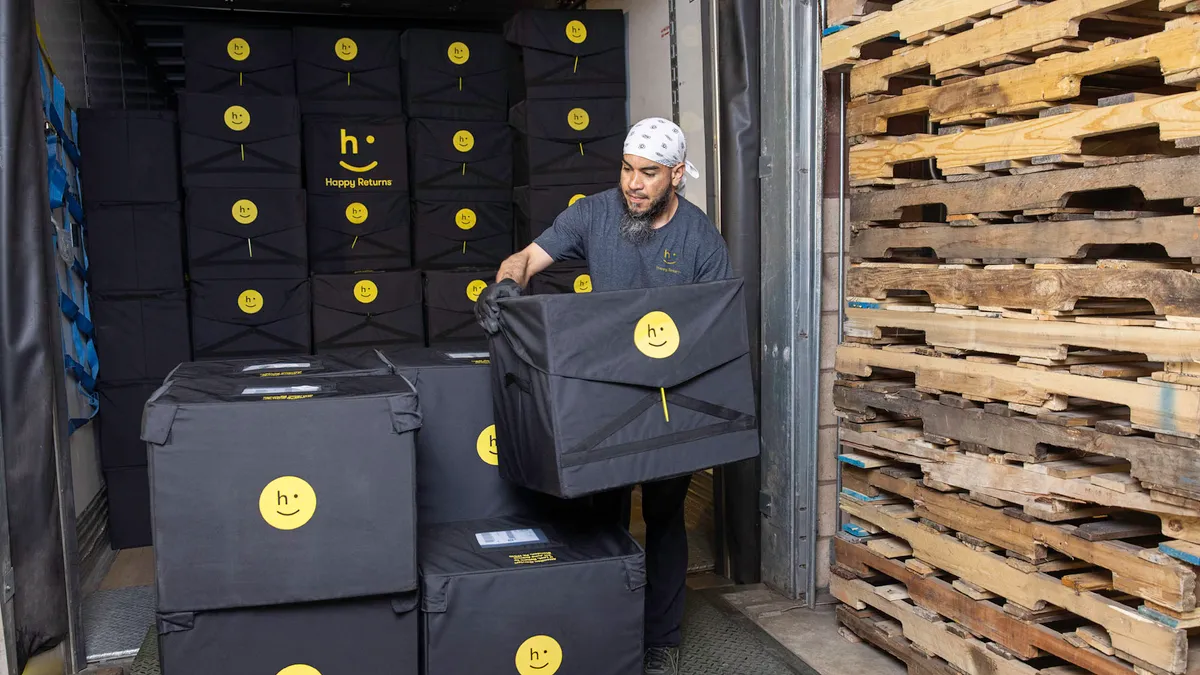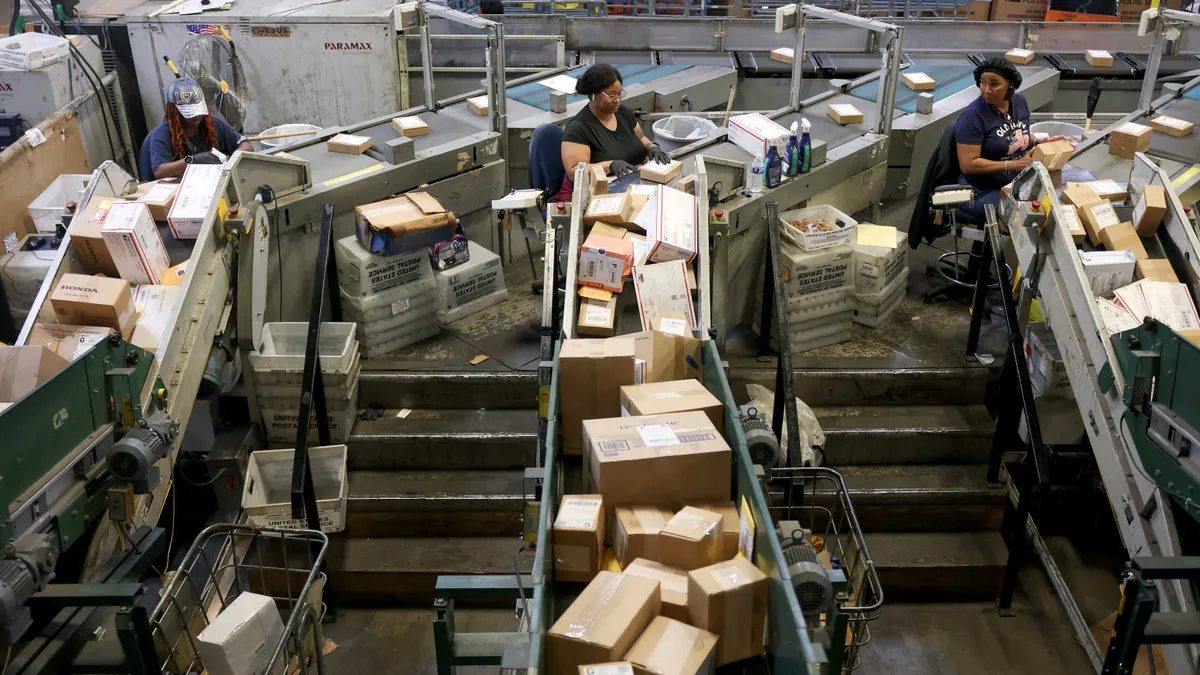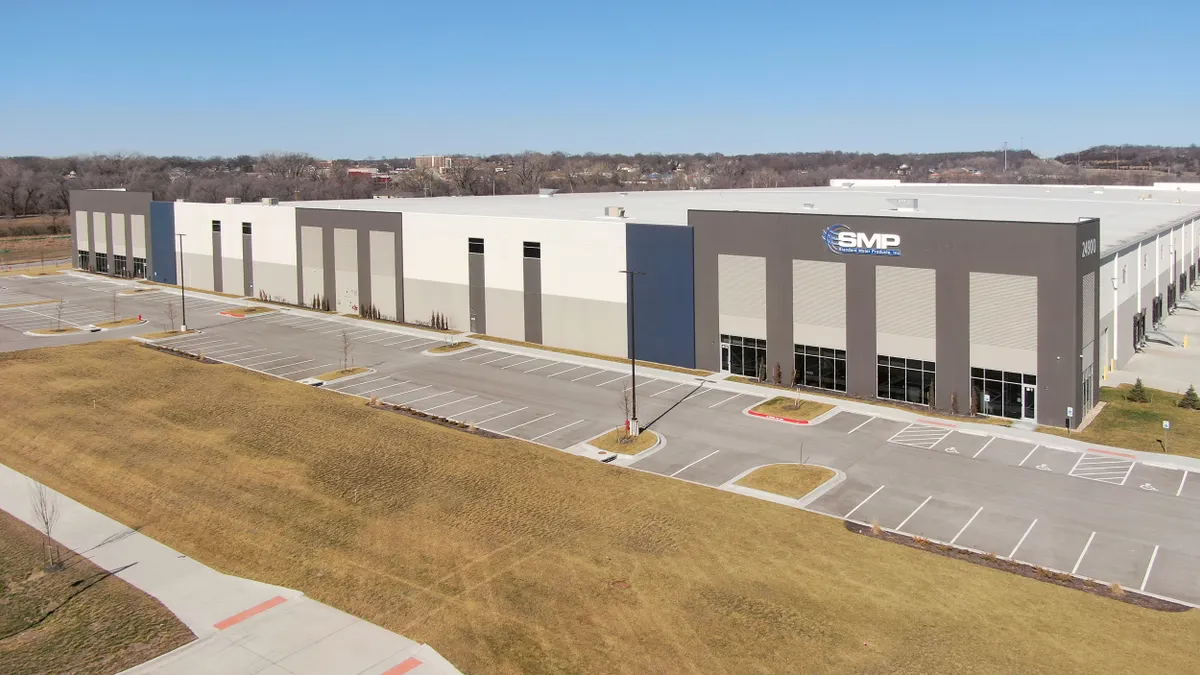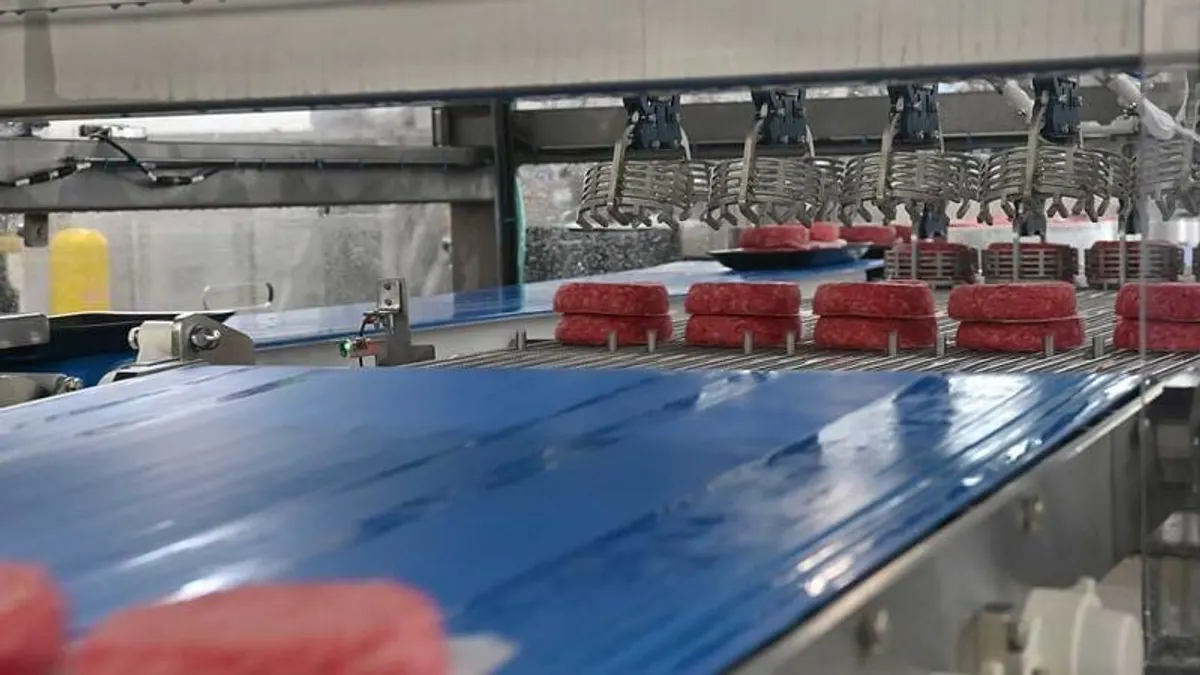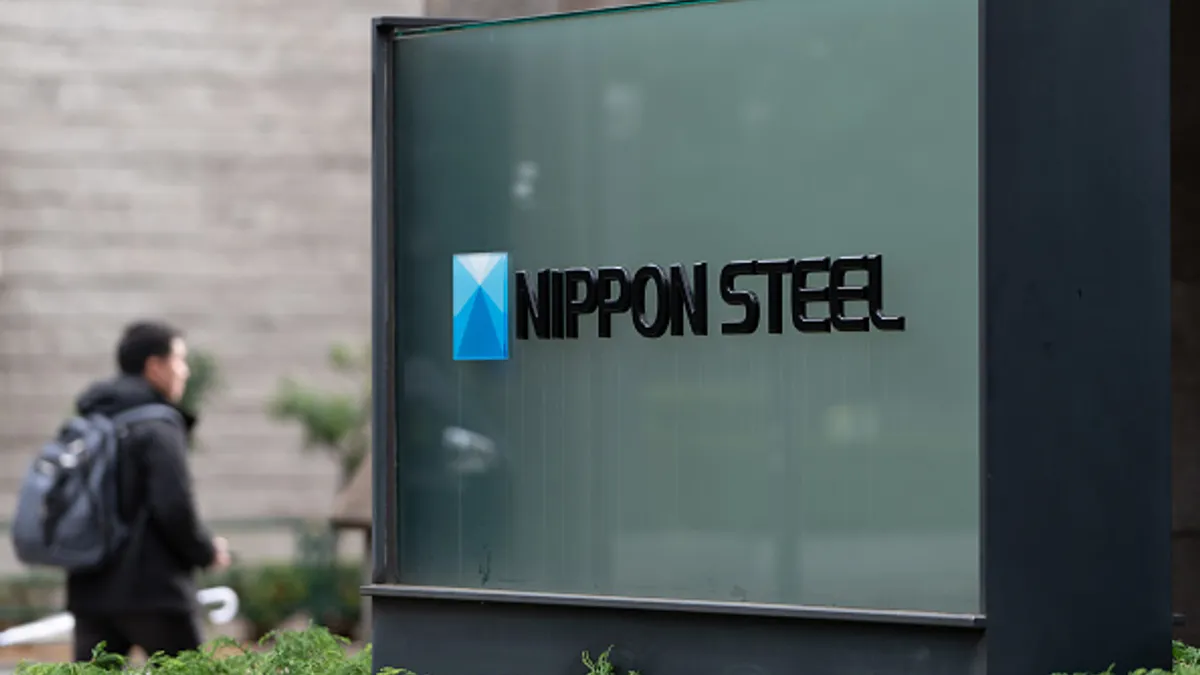Supply chain operations managers face a very different environment today than they have in the past.
As they contend with post-globalization, natural disasters, new labor pressures and additional factors, leaders must employ new strategies, said Hernan Saenz, global head of the performance improvement practice at Bain & Company.
“The way we have done supply chain in the past is probably not going to work in the future,” Saenz said. As an example, traditional algorithmic approaches to inventory management don’t account for turbulence in the supply chain, he added.
As operations leaders shift toward new ways of managing the supply chain, here are four strategies they can use in 2025 and beyond.
1. Stratify inventory and SKUs
Against the backdrop of current risks, supply chains need to be more adaptable, and having a smaller or well-prioritized portfolio makes it easier to achieve such flexibility. This makes SKU analysis more important than ever, Saenz said.
FDH Aero, a parts distributor in the aerospace industry, has learned this lesson. The company used to buy parts in large volumes when it found a good deal, without considering the value to its own business and its customers.
But in today’s world, with inflation and a higher cost of money, the company shifted its approach, said Bob Loycano, VP of supply chain.
Starting a year and a half a ago, the company began segmenting its inventory, identifying which SKUs are most or least valuable, and which have the highest or lowest velocities.
“It allows us to invest in the right parts and not make terrible investments on the wrong parts,” Loycano said.
Every three months, the company redefines its parts stratification strategy as new contracts come in or others expire. It also uses this analysis process to organize its warehouses so the highest velocity items are closest to the door and items used least often are in the back, Loycano said.
2. Balance just-in-time and just-in-case
While just-in-time (JIT) inventory can be effective in stable times, “in turbulent environments, it gets you into trouble very quickly,” Saenz said. Therefore, many supply chains dropped JIT inventory strategies early in the COVID-19 pandemic.
“The way we have done supply chain in the past is probably not going to work in the future.”

Hernan Saenz
Global head of the performance improvement practice at Bain & Company
Buffer stock continues to be important in 2025 due to raw material constraints and long lead times in some industries.
“A lot of the lead times today are pretty far out there – much, much more than they've ever been,” FDH Aero’s Loycano said, noting that items that used to have six-month lead times now might take a year or more to arrive.
FDH Aero’s current inventory approach is “the opposite of just in time,” according to Loycano. However, while the distributor is focused on keeping buffer stock of its most important high-value SKUs, it doesn’t overbuy low velocity parts.
“That's not a good use of our money to have inventory just sit there for years until the items are completely sold out,” Loycano said.
3. Apply AI to demand planning and forecasting
Demand planning and forecasting are nothing new, but advanced technology can take these practices to the next level, said R. Ravi, professor of operations research and computer science at Carnegie Mellon University's Tepper School of Business.
“Prediction is bound to get better,” Ravi said of the use of generative AI in particular.
The technology can also take data that exists but has not been collected or categorized, and use it to create inputs for planning and forecasting models, according to Saenz.
Generative AI can provide benefits in plants as well. While manufacturing operations have been using predictive maintenance for about a decade, generative AI can better read sensor signals and inputs to predict an impending part failure or fault, Ravi said. Generative AI can also output data in a more legible way, making it easier for managers to see when it’s time to conduct maintenance.
“Prediction is bound to get better."

R. Ravi
Professor of operations research and computer science at Carnegie Mellon University's Tepper School of Business
Overall, interest in AI applications for supply chain management is rising, with 74% of leaders saying they have or plan to implement the technology into demand planning, according to a 2024 McKinsey & Co. survey of 88 supply executives.
The key, according to Ravi, is to make sure AI is solving an existing problem.
“You should ask yourself why you are buying something or doing something before being dazzled by something new and shiny,” Ravi said.
4. Do a zero-base exercise
Since the pandemic, supply chain executives have been solving the “problem of the time,” Saenz said. “We're never going to get out of chasing our own tail unless we step back.”
Saenz advised leaders to rethink their supply chains for a non-global, non-linear and unpredictable world. Conducting so-called zero-base exercises is an important way to do that.
The exercise involves starting from scratch to look at budgets and/or strategies, instead of using past data or assumptions. For example, zero-basing warehouse operations could entail devising an optimal layout and exploring the best technology on the market to track inventory versus making incremental improvements based on existing operations.
Zero basing allows managers to design a supply chain with disruptions and shocks and the capabilities to handle them built in, rather than “repairing it because it broke,” Saenz said.
These types of exercises are a sign that the world of supply chain operations is in the midst of a big shift from tactical to strategic.
“The profession is going to get a lot harder, but also a lot more interesting,” Saenz said.



